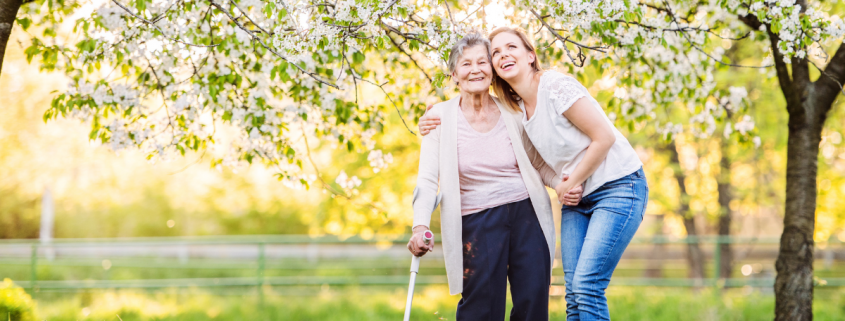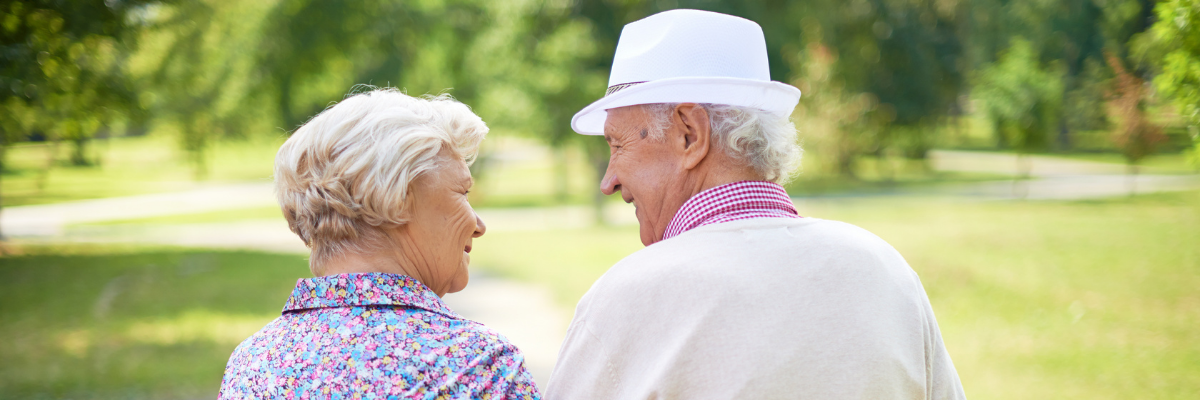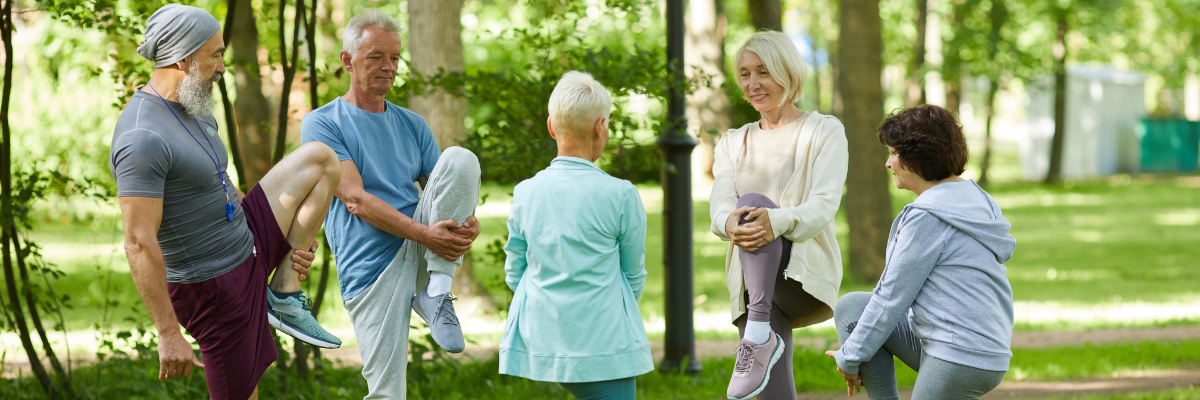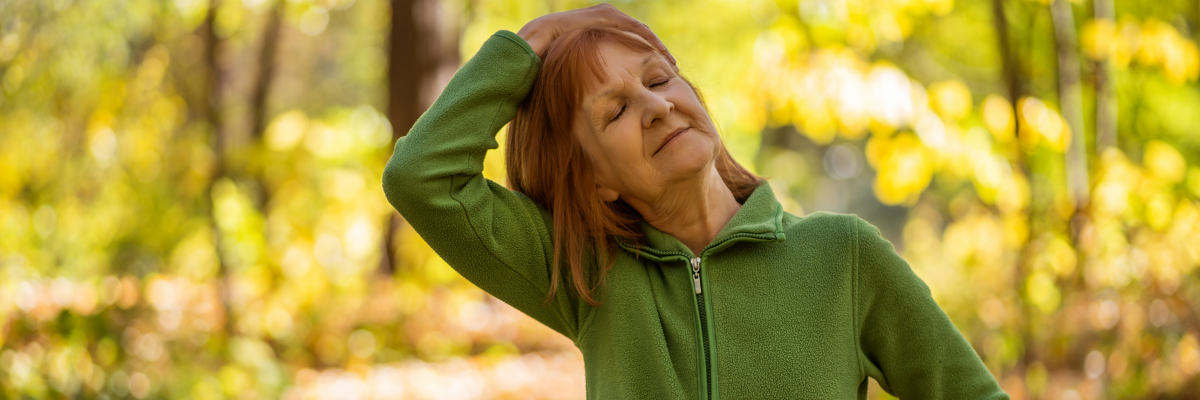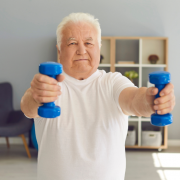The benefits of walking for older adults
Strength and muscle mass, which are quite a significant in maintaining a high-quality of life in older people, tend to diminish with age. Reduced strength is associated with reduced comfort in daily functioning. Seniors who shy away from physical activity are less capable of lifting things, making everyday shopping more challenging, their stride length decreases, and their walking speed slows down. Therefore, physical activity for older people is an essential consideration to bear in mind! And today, we will tell you about the benefits of exercise for older adults, how to make such activity fun for seniors, and the importance of walking for older adults. So let’s get started!
Why is it important to stay physically active in old age?
Through physical activity, older people are able to maintain flexibility and correct joint range of motion in their bodies. The consequences of the loss of these two elements may include difficulties with activities of daily living such as going up and down stairs, getting out of a chair or bed, and the use of orthopaedic equipment such as crutches or walking frames. However, it is not only about the joints. Regular physical activity for older adults makes it possible to develop, but also to maintain, an adequate level of flexibility and mobility in the body.
Another aspect that is related to the advantages of training is the prevention of falls in older people and also has an impact on osteoporosis, which is one of the most common diseases in postmenopausal women. However, as we age, the risk of this disease also increases in men. The problem is a big one, as the disease promotes fractures in older people, such as femur or vertebrae, which make daily life very difficult and can lead to disability.
Another of the benefits of exercise for older adults is the improvement in cardiovascular fitness and the prevention of diseases such as heart attacks, hypertension, atherosclerosis and even strokes. Regular training lowers blood pressure and heart rate, which increases physical fitness and also has a positive impact on the mental health of seniors, but more on that in a moment.
What types of exercises are best for older people?
The answer to this question is fairly obvious; simple, enjoyable and those with as many benefits as possible. But which ones exactly? According to specialists, walking is the best way to get started. The benefits of walking for older adults are enormous! Regular walks, even slow ones, can make a senior feel better not only physically, but also mentally. Apart from better oxygenation, the importance of walking and short marches lies in the fact that this physical activity effectively reduces the risk of heart attack, development of coronary heart disease, causes a decrease in the level of bad cholesterol, improves memory and, of course, promotes losing weight.
Being outside can help boost levels of vitamin D, a deficiency of which can be linked to muscle and bone pain, inflammation, a higher risk of type 1 diabetes and several types of cancer. Another type of exercise recommended by scientists for elderly people are swimming and yoga. These are activities that stimulate all muscle groups, while not overloading the joints, and also improve respiratory efficiency, oxygenating the body and speeding up metabolism.
Walking as an alternative to more demanding exercise
As we have already mentioned, the benefits of walking for older adults are endless. Both physicians and scientists agree that walking should be the main type of physical activity for older adults, because it is a natural and safe form of activity that does not overload the body or joints. We could talk about the importance of walking for hours! Because in addition to its physical benefits, walking also has a positive impact on the mind and cognitive abilities. It is also particularly suitable for seniors who have participated in sporting activities earlier in life. Walking as an ideal alternative to more demanding exercise that brings no less joy!
The impact of walking and being outdoors on seniors’ mental health
Seniors who spend time outdoors may experience less depression and anxiety. People who run, cycle or walk in a natural setting are less likely to experience mental health issues compared to those who do indoor exercise. Engaging in walks in nature with others is associated with more positive feelings and improved mental health, as well as reduced levels of depression and stress. Seniors who are unable to exercise can benefit from simply being outdoors, as they enjoy the change of scenery, and see the beautiful natural views, both of which are beneficial for well-being and mental state.
Comfort is important – the right shoes, walking aids to make walking a pleasure
How do we get older people to see the benefits of walking for older adults? It’s simple! Just provide them with everything that makes walking easier. This includes the importance of comfortable shoes and a pleasant outfit, which have a practical and motivational effect, as well as aids of all kinds, such as Nordic walking sticks, canes and others. Because if walking is enjoyable, seniors will be drawn to it themselves!

